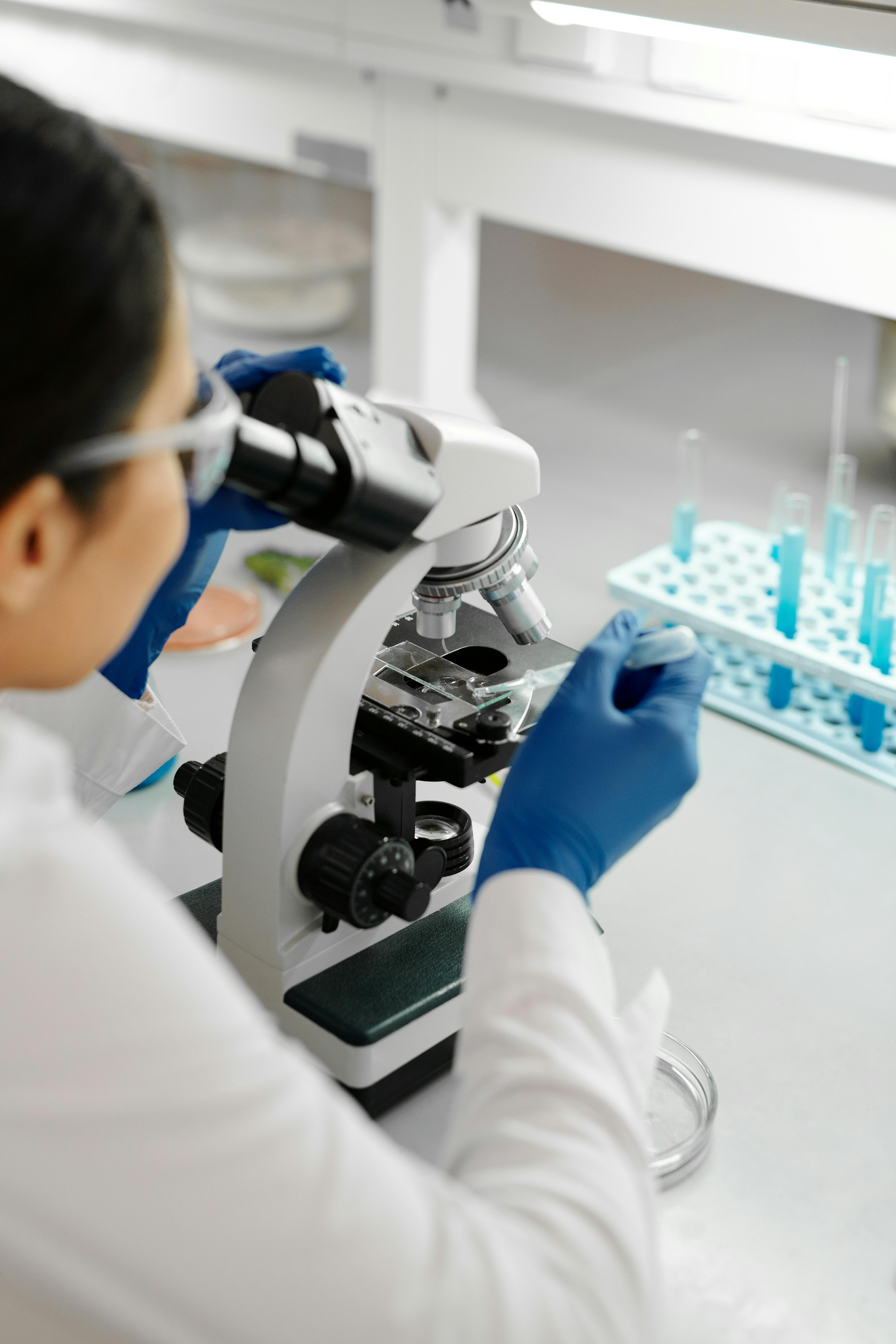Building a fairer healthcare system for rare diseases
Rare diseases, as defined by the World Health Organisation (WHO) and the European Union, affect fewer than 5 people per 10,000. This small number of cases is exacerbated by the diversity of their causes, which can be genetic, autoimmune, congenital or infectious, resulting in conditions that cause physical, psychological or intellectual impairment.
IDOM is a part of building a health care system that is more inclusive, efficient, and responsive to the specific needs of rare disease patients.
The uniqueness of rare diseases is reflected not only in their low prevalence, but also in the wide variety of symptoms, which differ not only between diseases, but also between individuals affected by the same pathology. This results in diagnostic and therapeutic complexity that requires a personalized approach.
These mostly chronic and degenerative diseases are a major challenge for people living with them. According to EURORDIS (The European Organization for Rare Diseases):
- It is estimated that 30 million people in Europe live with rare diseases.
- There are more than 6000 different rare diseases.
- 75% of these rare diseases affect children.
- On average, rare disease patients take 5 years to get a diagnosis.
- The impact on employment is considerable, as 7 out of 10 people living with rare diseases and their family caregivers reduce or interrupt their professional activity due to their own or their family member’s rare disease.
The role of patient associations in the fight against rare diseases
The need to share experiences, advice and emotional support for people suffering from these diseases leads to the formation of patient associations. These groups provide a haven where patients can find answers and solidarity in a community that shares their struggles and challenges.
Visibility is a fundamental aspect of the fight against rare diseases, and associations play a crucial role in advocating for inclusion, public awareness and the integration of treatments into public healthcare.
In addition to the valuable work of patient organisations, European Reference Networks (ERNs) play an important role in addressing rare diseases at the international level. These networks, made up of experts and health professionals from across Europe, aim to improve the quality of life of patients through collaboration, knowledge sharing and coordination of care. ERNs focus on specific areas of rare diseases and bring together highly specialised professionals to ensure a comprehensive and multidisciplinary approach.
In this context, European patient advocacy groups (ePAGs) play a crucial role in acting as a link between patients and ERNs. ePAGs provide valuable information based on first-hand experience, contribute to public awareness and advocate for the inclusion of specific treatments in healthcare systems.
These groups, made up of patient representatives and rare disease experts, connect networks to the broader rare disease community and use patients’ needs and preferences to drive the definition of priorities and actions within ERNs. Collaboration between ePAGs and ERNs is necessary to address the complexity of rare diseases.
Integral eIntegral evaluation of ERNs with active participation of patients and associations
In addition, as part of the specialised clinical unit evaluation, IDOM organised face-to-face interviews with patients from the more than 190 audited hospitals, ensuring a comprehensive and direct assessment of the medical care provided in different settings across Europe. These interviews provided valuable evidence of the specific challenges faced by patients and professionals in providing specialised services for rare or complex diseases.
Including the voice of patients and their representatives in this evaluation reflects a commitment to patient-centred care and continuous improvement of health services. This comprehensive approach not only strengthens the collaboration between IDOM, ERNs and patient organisations, but also contributes significantly to building a more inclusive and efficient health care system that meets the specific needs of people affected by rare diseases.
Read the full article (Spanish by clicking here.








